Meera Senthilingam
This week, the good and bad of erythropoietin, courtesy of David Lindsay…
David Lindsay
It’s one of nature’s most important macromolecules. A synthetic version of it is used to save lives, yet it is traded in large amounts on the black market to be put to nefarious use in professional, and amateur, sport. Let’s find out more about the double life of erythropoietin.
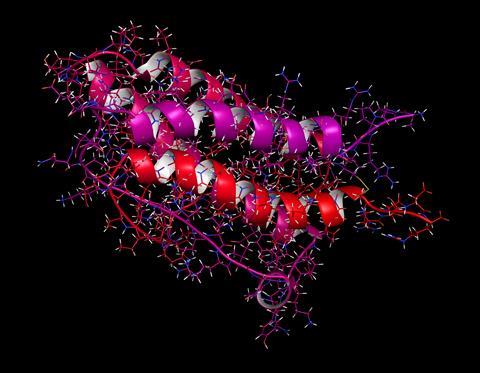
Throughout history, blood has always been a symbol of life and vitality. Blood comprises of both red and white cells in plasma. The deep red colour in red blood cells is due to haemoglobin, an iron porphyrin complex that binds oxygen and shuttles it around the body. The percentage of red blood cells in blood is referred to as the haematocrit, and is usually around 42-45% in healthy adults. As the old cells die off, our bodies produce new red blood cells in our bone marrow, to keep our haematocrit within a stable range. A lack of red blood cells, called anaemia, is a very serious condition, and is encountered not only in people who have suffered trauma or injury, but is also found in patients with cancer and chronic kidney failure.
For decades, anaemic patients were treated with blood transfusions. Indeed, the earliest record of a blood transfusion was that of a patient receiving the blood of a lamb in 1667, although transfusion from animals was quickly banned thereafter. The first human to human transfusion was performed in London in 1825, when a woman who suffered a haemorrhage after giving birth received blood from her husband. Since their introduction, the blood transfusion has saved many lives, but remains a risky procedure due to negative reactions, and the danger of transferring viruses, bacteria and even prions to the patient.
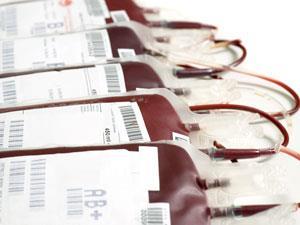
In 1906 in Paris, two scientists, Carnot and Deflandre, proposed that red blood cell production was controlled by a hormone. However, it wasn’t until the middle of the 20th century that this hormone was identified by Allan Erslev, and given the name erythropoietin. This hormone, also known as EPO, is released by the kidneys as a response to a lowering in the oxygen content of blood, either by red blood cell loss or by hypoxia, and it stimulates red blood cell production in the bone marrow.
Given that the therapeutic potential of such a hormone had been realised long before its isolation, it’s unsurprising that synthetic EPO became available soon after the natural hormone was purified in the late 1970s. Drug therapies based on synthetic human EPO, made using recombinant DNA techniques, became available in the late 1980s. Erythropoietin has now established itself as a major alternative to blood transfusions in the treatment of anaemia in patients with cancer or kidney failure.
EPO is a large glycoprotein hormone, with a molecular weight of over 30 thousand Daltons, and consists of 166 amino acids linked together to form a protein, with the surface of this protein decorated with a vast number of sugar molecules. Second-generation EPO therapies have recently been introduced which modify this structure so it is cleared by the body more slowly. This has resulted in lower doses, and a longer time between injections.
Erythropoietin’s ability to boost our red blood cell production has also led to its widespread abuse in endurance sports, where improved ability to transport oxygen in the body correlates directly with increased performance. As synthetic versions of the drug became available in the late 1980s, and an EPO test was not introduced until the Sydney Olympics in 2000, the 1990s saw a free-for-all in sports such as cycling, long distance running and cross-country skiing, to name but a few. Using EPO, athletes raised their haematocrit levels from the normal mid-40s range into the high 50s or even 60s, and once hallowed world records began to tumble. Many competitors were forced to leave the sport, or join in this doping to simply keep up. Several young athletes died during their sleep, due to clotting of their blood, thickened with excessive amounts of red cells. Nowadays, the EPO test and the athletes’ biological passport means such outrageous doping is no longer the norm, but the fact that even today athletes still regularly test positive for EPO is a testament to its effectiveness in sports with an endurance component. It has even been claimed that this black market use of EPO outstrips genuine medical use by as much as six to one. Athletes using EPO are not only cheating, but even with today’s more moderate regimes, they are also risking their health. Studies have shown EPO can cause cancer, and it must be used cautiously even in therapeutic settings.
As the story of erythropoietin shows, the desire to win at any cost is often as strong in us as the thirst for knowledge and the drive to improve our quality of life. It must be in our blood.
Meera Senthilingam
Glasgow University’s David Lindsay there, with the endurance enhancing chemistry of erythropoietin. Next week, look out for the insects, because they’re harbouring a pretty tough compound.
Emma Stoye
Chitin isn’t something we hear a lot about – bizarre, given it’s one of the most abundant organic compounds in nature. You’ve almost certainly encountered it at some point, especially if you’re a fan of seafood or mushrooms. It is a structural component of the shells and exoskeletons of crustaceans and insects, and makes up the cell walls of fungi.
Pure chitin is transparent and quite flexible, but when it makes appearance in nature it is often part of a composite material. In crustacean shells, for example, it is combined with calcium carbonate – this makes the chitin stronger and the mineral less brittle. In insect cuticles it is mixed with the stiff protein sclerotin and coloured pigments.
Meera Senthilingam
And discover the chemistry enabling these versatile uses of chitin throughout nature, and now in industry, by joining Emma Stoye in next week’s Chemistry in its Element. Until then, thank you for listening, I’m Meera Senthilingam.

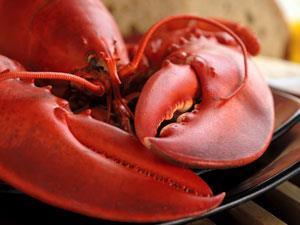






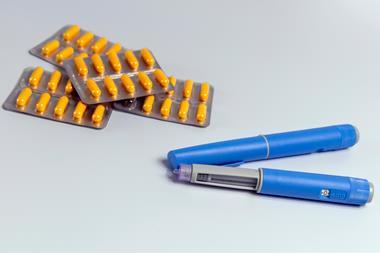
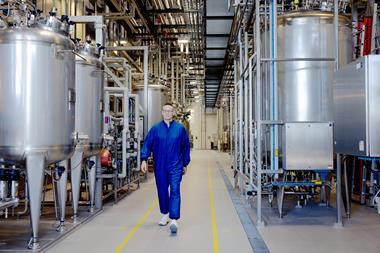



No comments yet